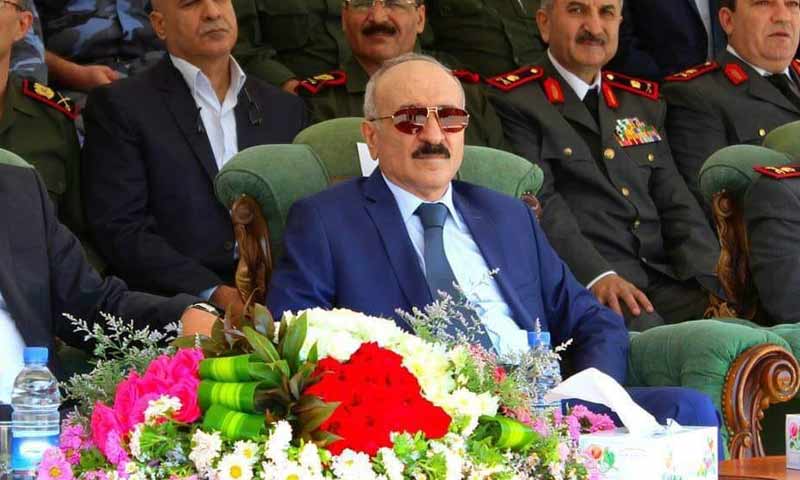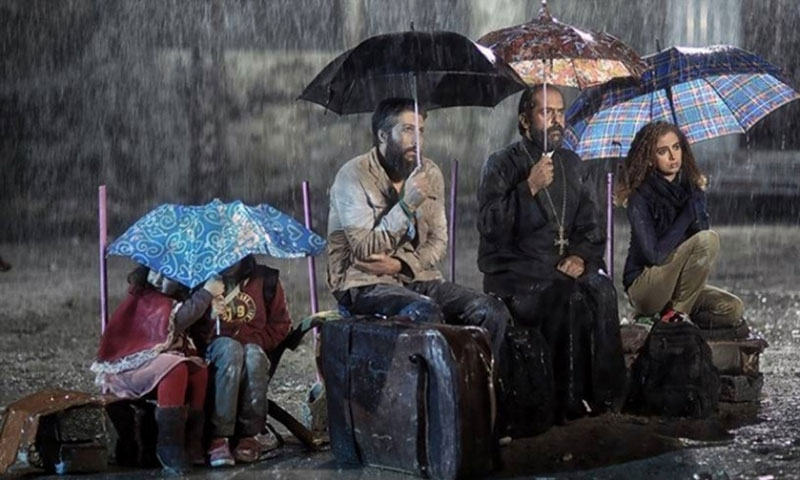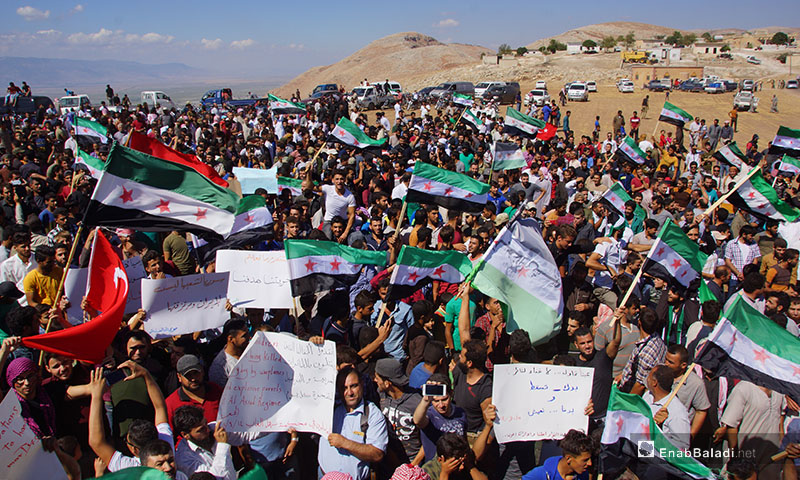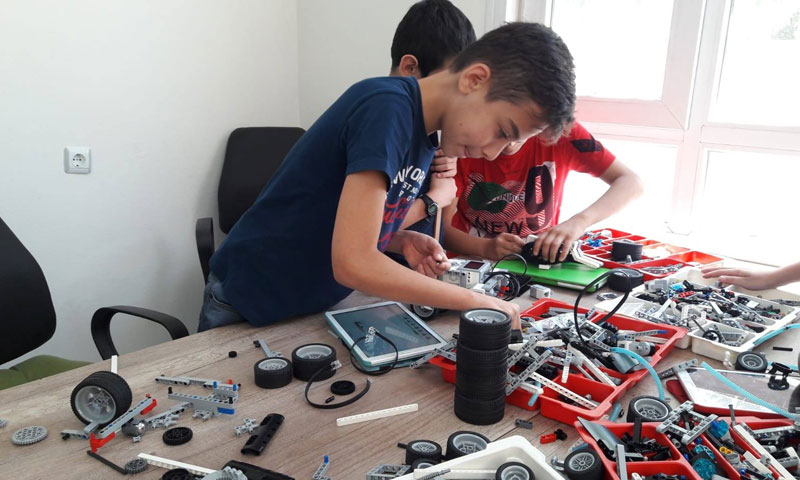Civil Defense in Aleppo: Limited Resources and Massive Responsibilities
Enab Baladi Issue # 97 – Sun, Dec. 29, 2013
Almost a year ago, during the time of continual shelling targeting the rebel-controlled eastern neighbourhoods of Aleppo, the “Civil Defense” Team was established. Almost at the same time the Provincial Council in Aleppo was set in a valiant attempt by activists inside Syria to from one unified political structure to present the city. The Civil Defense Team was one of ten formations that united formed the Provincial Council.
The Team began its duties immediately after its launch; 25 members who attended a workshop in Turkey formed the first group in the centre of Aleppo. Later, the number of members increased to 90, covering the whole city. The members were divided into 3 sections: Al Ansari, Hanano, and Hanano Fire Station.
In addition to the city’s team, 250 members cover the city’s suburbs and undertake several tasks including rescue victims trapped from the rubbles, extracting dead bodies, put out fires, and assess and eliminate risks in damaged buildings after the shelling. Part of the suburbs team is also specialized in receiving injured and providing first aids.
The team manager Bebars Mishaal said in a statement to Enab Baladi that the team has professional and skilled staff. Six divisions are collaborating to cover several neighbourhoods at the same time; three additional groups could also join the work provided that they received adequate equipment.
Mr. Mishaal added that in the aftermath of heavy shelling the team works for several days without a break. During Al Kalasa Massacre –for example- on August 16th 2013 when the area was targeted with vacuum missiles, five buildings were destroyed; the team spent the next eight days working round the clock to rescue victims and dig out dead bodies.
As for the available equipment, the manager added that “the team requires three types of equipment: light one-man equipment (shovels, copper cutters) which is available for each member of the team; medium equipment (spreaders, airbags) which is available inadequately and covers only partial needs of the team; whereas the team is totally short ofheavy equipment (trucks, rescue vehicles).
Mr. Mishaal also noted that whenever possible the team rents heavy equipment, or borrows it from donors. Yet, when these types of equipment cannot be acquired, the team resorts to lighter ones; hence both the time and the efforts needed to finish the job are doubled.
Recently, Aleppo was attacked with barrels of explosives; 400 died as a result. Thus, increasing risks are facing the teams, as well as increasing difficulties due to the severe lack of equipment.
Mr. Bebars stressed that the team contacted the Syrian Coalition’s ACU -Assistance Coordination Unit- requesting to solve the shortage of equipment especially that the Syrian Coalition is responsible for the ‘liberated’ governorate. He also said that the Civil Defense Department is one of the most important departments to be well and regularly funded to meet its massive, yet essential, requirements; however, the funding is not fixed or regular but rather “temperamental”, as Al Mishaal put it.
The manager also emphasized that the department provided the ACU with the financial analysis -which the ACU asked for- yet all that the department got was more “empty promises”. Mr. Bebars also addressed an urgent letter to both ACU and the government calling upon them to address the pressing needs of the team; nonetheless, his efforts came to nothing.
Meanwhile, the attacks intensify on Aleppo indiscriminately targeting civilians placing enormous burdens on the team.
if you think the article contain wrong information or you have additional details Send Correction
-
Follow us :
Most viewed
- Printing Syrian currency in Europe... A file on the table
- Black market traders manipulate dollar prices under eyes of Central Bank officials
- AANES insists on decentralization in Syria
- Al-Sharaa attends 4th Antalya Diplomacy Forum
- Books make a comeback in Damascus libraries after being banned under Assad

















 A
A
A
A
A
A







 More Translated Articles
More Translated Articles